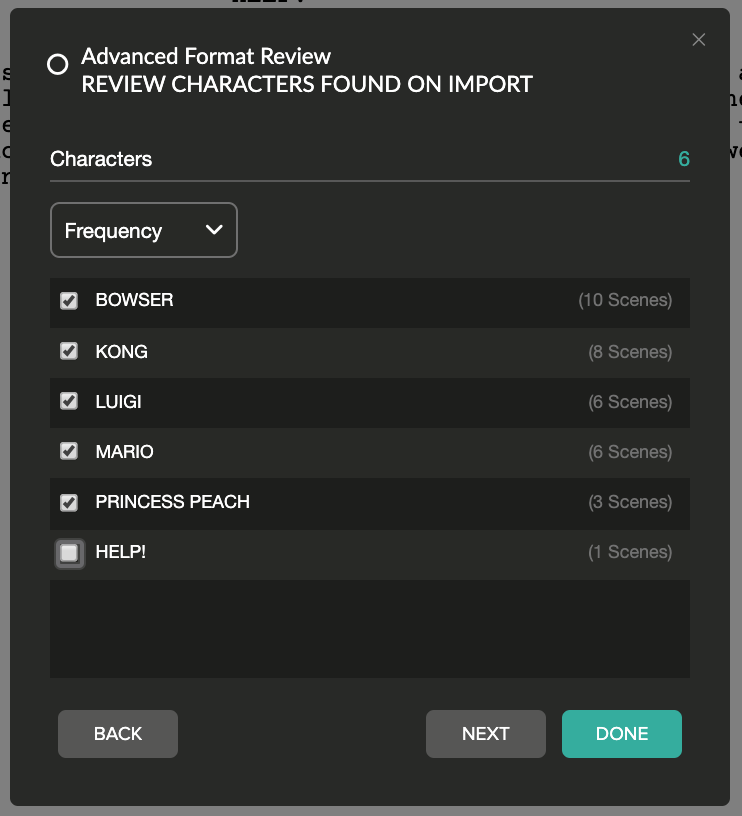


Here you can associate an image, add in details, provide a location and contact details for sourced assets and calculate a budget. Think about each item you’ve tagged from the script and the ancillary items you’ll need as a result: Step Three: The Nitty GrittyĮach item you tag in the breakdown will create a catalog entry. Whatever workflow is best for you, use it. Others will go scene-by-scene tagging everything in that scene. Some prefer to go through the whole script, tagging each prop, then each location, then each set dressing item, etc. Now you use the tagging and highlighting option to mark up the rest. With a properly formatted script, your breakdown is already started- the characters are already tagged for you. What colour is that vase that’s always in the background? How is the lead’s hair styled? Where does it all take place? Step Two: Get a Sense of What You Need The third time, start thinking about the particulars. The second time, read it over and visualize each scene in your head. Step One: Know Your Story Before Script Breakdown Celtx makes the process pretty straightforward.įollow these steps to ensure that your script breakdown is accurate and effective. Moreover, it identifies everything that you’ll need to capture to bring your story to the screen. In combination with the catalog, it helps you schedule your shoot, organize your assets, and create a budget. The script breakdown is the document of pre-production. Between writing and production, the pre-production phase is perhaps the most mysterious part of filmmaking for those new to the craft. Time to start shooting, right? Wrong! It’s time to do your script breakdown.


 0 kommentar(er)
0 kommentar(er)
